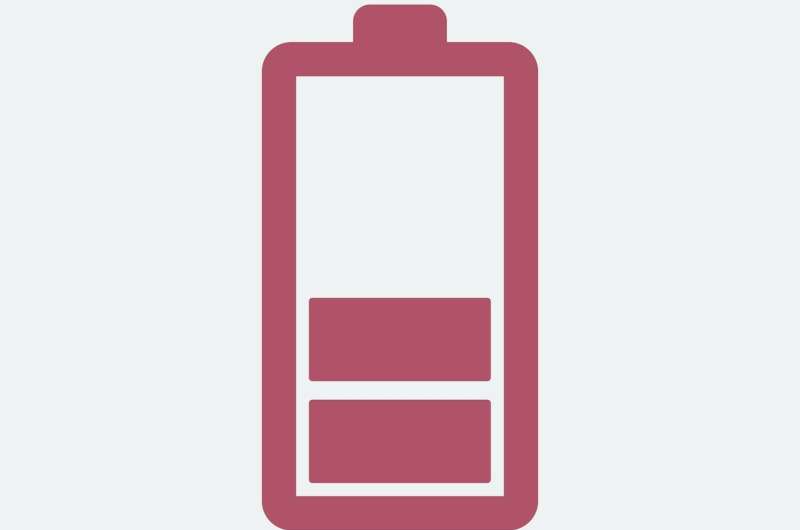Making green cars greener with battery recycling

The widespread implementation of electric vehicles will go a long way toward eliminating the greenhouse gas emissions of the transportation sector. But these GHGs don't just come from the tailpipe. There's another major culprit of GHG emissions, one that the electric vehicle industry might need some help from policy makers to avoid: battery recycling.
Current lithium-ion battery recycling policies and processes were designed for the relatively low size and volume of consumer electronic batteries—AAs, AAAs, and the like. But with nearly every major automaker committing to all electric or hybrid-electric product lines in the coming years, this huge flood of new lithium-ion batteries will require a completely different approach to battery recycling than is currently available.
In their paper titled, "Examining different recycling processes for lithium-ion batteries," and published in Nature Sustainability, Jay Whitacre, director of the Wilton E. Scott Institute for Energy Innovation and professor of materials science and engineering and engineering and public policy, and Rebecca Ciez have laid out a path forward for battery makers and policy makers alike to help ensure that this influx of lithium-ion batteries doesn't undo the good work of electric vehicles.
"Automakers are also interested in recycling as a potential source of low-cost material that can be remanufactured into new battery packs," says Ciez, a postdoctoral fellow at Princeton University and former student of Whitacre.
The researchers specifically examined how a direct cathode recycling process would compare to other recycling processes in terms of GHGs and energy consumption. This method of battery recycling is focused on keeping the cathode materials in tact so they can be used in future batteries. While all lithium-ion batteries use lithium to carry the charge, their cathodes—which store the lithium ions when the battery is discharged—can be made out of a variety of materials, such as nickel, manganese, or cobalt.
"We focused our analysis on specific lithium-ion formulations that are most common in today's electric vehicles," says Ciez, "and found that for cathodes containing metals like nickel, manganese, and cobalt, direct cathode recycling can reduce the greenhouse gas emissions associated with manufacturing new batteries from the materials and has the potential to be economically competitive with traditional cathode manufacturing."
But in order to maximize the GHG emissions reductions possible through battery recycling, technology can't be the only focus. The implementation of recycling processes is mandated by policy, and according to the Whitacre and Ciez, policies for lithium ion battery recycling must both encourage collection of automotive lithium-ion batteries, and mandate that recycling processes offer net reductions in GHG emission, rather than focusing on the percentage of battery content that is recycled.
The research shows that if technology and policy are able to work together to implement recycling processes for these cathode materials, lithium-ion batteries will help electric vehicles emit fewer GHGs, both at the tailpipe, and the manufacturing plant.
More information: Rebecca E. Ciez et al. Examining different recycling processes for lithium-ion batteries, Nature Sustainability (2019). DOI: 10.1038/s41893-019-0222-5
Journal information: Nature Sustainability



















